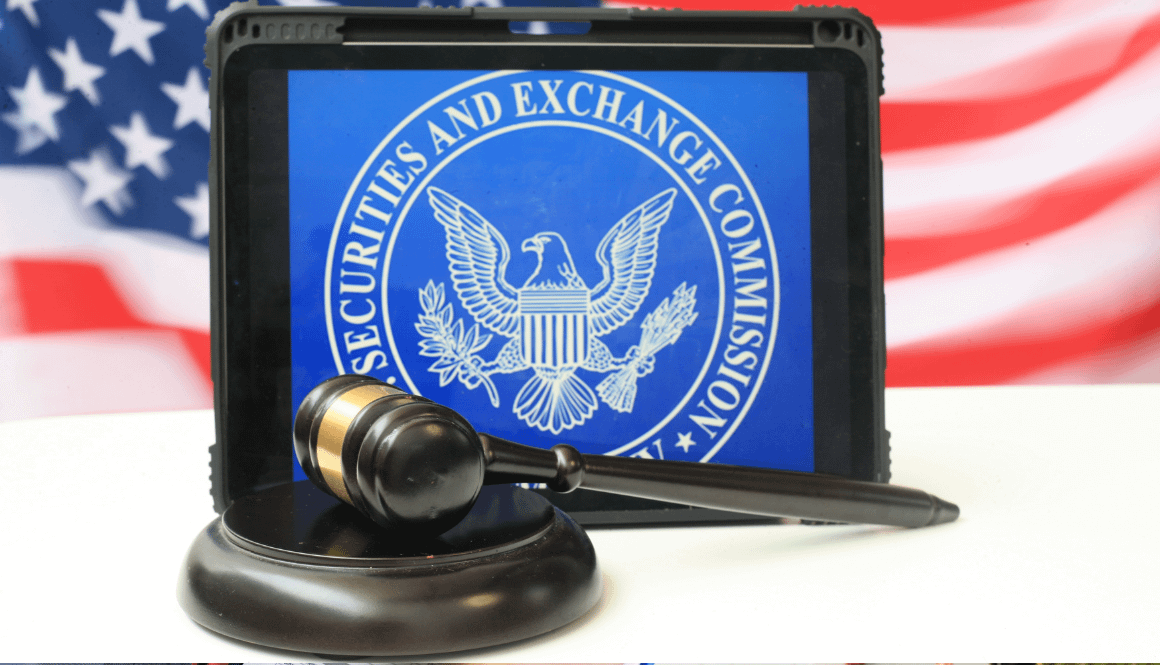Table of Contents
The Silent Threat to Your Business: Advisor Burnout and How to Beat It
Financial advisors are trained to manage risk, but often overlook the one risk that hits closest to home: burnout.
With growing compliance pressures, volatile markets, high client expectations, and the 24/7 pace of digital communication, many advisors are feeling stretched thin. The result? Decreased productivity, reduced client engagement, and ultimately, business erosion.
Let’s talk about what’s driving advisor burnout—and how you can beat it before it beats your practice.
1. Recognize the Symptoms
Burnout doesn’t always show up as stress or exhaustion. For advisors, it can manifest in subtle but dangerous ways:
- Procrastinating on client follow-ups
- Feeling numb or disengaged during client meetings
- Avoiding business development or growth planning
- Struggling with sleep, focus, or motivation
A 2024 Kitces Research study found that 68% of advisors report moderate to high levels of burnout symptoms.
Ignoring it won’t make it go away—it only compounds over time.
2. Redefine What “Success” Looks Like
Many advisors operate under outdated definitions of success: more AUM, more clients, more revenue. But this growth-at-all-costs mentality can be unsustainable if it’s not aligned with your capacity or your “why.”
Ask yourself:
- Is your current workload sustainable for the next 3 years?
- Are you building a business that energizes you or drains you?
- What would a fulfilling, balanced version of success look like?
Shifting from “more” to “meaningful” can help you design a business that supports your life, not the other way around.
3. Delegate and Automate—Strategically
If you’re spending hours every week on scheduling, paperwork, and compliance follow-ups, you’re robbing your future self of time and energy.
The most successful advisors aren’t superheroes—they’re super-delegators.
Where to start:
- Use virtual assistants for scheduling, prep, and CRM maintenance
- Implement automated client communication workflows (newsletters, birthday emails, check-in prompts)
- Outsource compliance monitoring or back-office operations
Free up space so you can focus on what matters: deepening client relationships and growing strategically.
4. Build in Recovery Like It’s a KPI
Just like a portfolio needs rebalancing, advisors need built-in recovery. That means taking real breaks, setting boundaries with client access, and creating space to recharge.
Schedule recovery like a business priority—because it is.
Try:
- Blocking out “no meeting” Fridays once a month
- Committing to at least one unplugged vacation per year
- Setting expectations with clients around response times
Your business is only as healthy as you are.
Final Thoughts: Invest in Yourself, Not Just Your Clients
Advisors are incredible at caring for others, but poor at protecting themselves. If you’re running on fumes, your clients aren’t getting your best. The most successful advisors in 2025 are thinking long-term, not just about portfolios, but about personal sustainability.
You are your practice’s most important asset. Take care of it accordingly.







